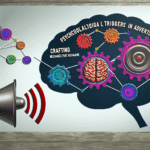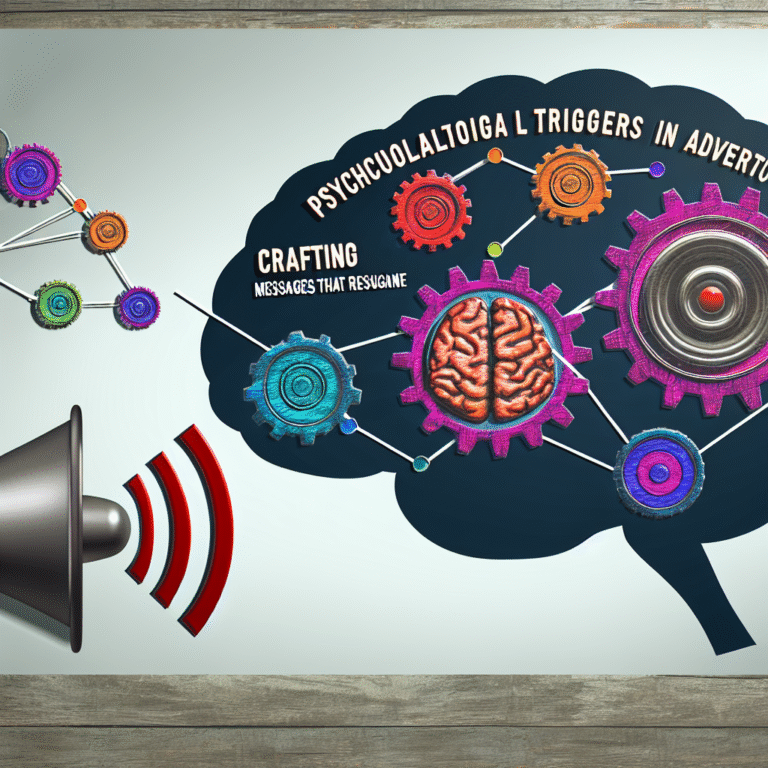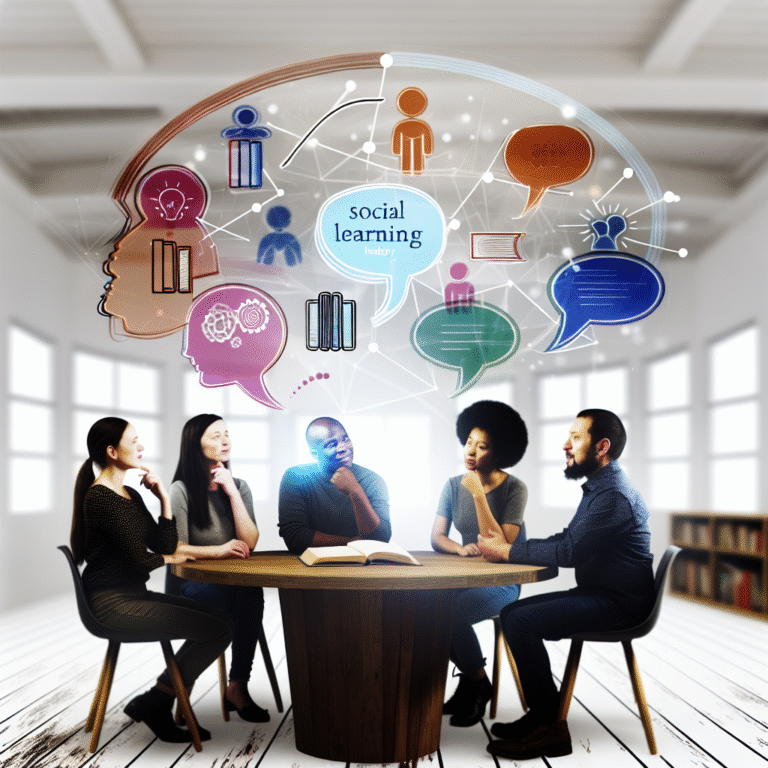
Language is the cornerstone of human communication, a profound ability that shapes our societies, cultures, and identities. Yet, despite its significance, the intricate process behind how we learn to speak often remains shrouded in mystery. In this article, we embark on an enlightening journey, unlocking the secrets of language acquisition: how we learn to speak. We’ll explore the mechanisms at work in our brains, the stages of language development, and even examine real-world applications and case studies that illuminate this fascinating subject.
Introduction: The Power of Words
Imagine a world without language—a world where thoughts cannot be shared, feelings remain unexpressed, and connections severed. Language is not simply a means of communication; it is a vital component of human existence. Understanding the secrets of language acquisition helps us grasp not only how we communicate but also how we connect on emotional and intellectual levels. In unlocking these secrets, we can shape educational practices, enhance cognitive development, and even improve interpersonal relationships.
The Foundations of Language Acquisition
What is Language Acquisition?
Language acquisition refers to the process through which individuals, particularly children, acquire the ability to perceive and comprehend language as well as produce and use it. This process can be broadly categorized into two types: first language acquisition and second language acquisition.
First Language Acquisition
First language acquisition occurs naturally and seamlessly in early childhood. Children become adept in their native language through exposure, interaction, and reinforcement from their caregivers and surroundings. This innate ability is often described as a universal phenomenon, showing remarkable similarities across cultures.
Stages of First Language Acquisition
- Pre-linguistic Stage: Before children utter their first words, they engage in cooing and babbling, experimenting with sounds and tones.
- One-word Stage: Around the age of one, children begin to use single words to convey complete ideas (e.g., "milk" to indicate a desire for it).
- Two-word Stage: By age two, toddlers begin to combine words into simple sentences (e.g., "want cookie").
- Early Multi-word Stage: Children rapidly start forming more complex sentences, showcasing an expanding vocabulary and understanding of syntax.
- Advanced Language Use: By the age of five or six, children exhibit a high degree of fluency, able to form detailed sentences and engage in conversations.
Second Language Acquisition
Second language acquisition involves learning a language after the first language is established. This process can differ significantly from first language acquisition and is influenced by various factors, including age, exposure, and motivation.
Key Factors Influencing Second Language Acquisition
- Age: Younger learners often achieve greater fluency and native-like pronunciation.
- Motivation: The desire to learn the language can significantly impact proficiency.
- Exposure: Frequent interaction with the language enhances learning.
The Brain and Language Learning
Neural Pathways: How Our Brains Process Language
Understanding the neurological basis of language acquisition offers profound insights. Research shows that specific areas of the brain are crucial for language processing. The Broca’s area, located in the frontal lobe, is primarily responsible for speech production, while Wernicke’s area, situated in the temporal lobe, is key for language comprehension.
The Role of Neuroplasticity
Neuroplasticity, the brain’s ability to reorganize itself, plays a pivotal role in language acquisition. Young children exhibit remarkable neuroplasticity, allowing them to absorb language effortlessly. This adaptability begins to decline as we age, which explains why learning a new language becomes significantly harder for adults.
Case Study: Bilingual Children
A study focusing on bilingual children revealed that they have enhanced cognitive flexibility and executive function skills compared to their monolingual peers. This highlights how engaging with multiple languages can shape not only linguistic skills but also overall cognitive development.
Practical Applications: Unlocking the Secrets of Language Acquisition in Education
Creating Language-Rich Environments
To foster effective language acquisition in children, it is imperative to create a rich linguistic environment. This can include:
- Reading Aloud: Sharing stories amplifies vocabulary and comprehension skills.
- Interactive Play: Activities that require dialogue encourage practical language use.
- Encouraging Questions: Allowing children to ask questions fosters curiosity and deeper understanding.
Technology and Language Learning
In today’s digital age, technology offers innovative tools for language acquisition. Language apps, online courses, and interactive games can supplement traditional teaching methods.
Case Study: Language Learning Apps
A review of popular language-exchange apps uncovered that they effectively enhance conversational skills. Users reported greater confidence in speaking through structured interactions with native speakers.
Cultural Influences on Language Acquisition
The Impact of Culture on Language Learning
Language acquisition does not occur in a vacuum; it is deeply intertwined with cultural contexts. Cultural nuances affect not only language use but also how children learn and engage with languages.
Case Study: The Role of Gesture
Research indicates that children raised in cultures that emphasize gestural communication demonstrate enhanced language skills. For instance, children in homes that routinely use hand gestures while speaking tend to learn vocabulary faster.
Unlocking the Secrets of Language Acquisition: Future Perspectives
The Science of Language Learning in Adulthood
While early language acquisition is often deemed most effective, adult learners can also successfully acquire new languages. Understanding cognitive techniques can unlock this potential.
Key Strategies for Adults
- Consistent Practice: Regular conversation with native speakers enhances fluency.
- Language Immersion: Traveling to a country where the target language is spoken can provide invaluable exposure.
- Utilizing Technology: Online resources and communities can support ongoing learning.
Conclusion: Embracing the Journey of Language Acquisition
As we’ve explored throughout this article, unlocking the secrets of language acquisition: how we learn to speak is an expansive topic ripe with insights and applications. Whether through fostering rich language environments for children or applying cognitive strategies for adults, the journey of language acquisition is both profound and transformative.
By embracing these strategies, we can connect with others on deeper levels, promote understanding across cultures, and enhance our cognitive abilities. So, let’s celebrate the power of language and make it a priority in our lives.
FAQs
1. What age is the best time to start learning a language?
Research indicates that earlier exposure to a language, especially before age seven, can lead to better pronunciation and fluency.
2. Can adults learn languages as effectively as children?
Yes, while the process may differ, adults can successfully learn new languages by employing effective techniques such as immersion and regular practice.
3. What role do parents play in language acquisition?
Parents play a crucial role in language development through modeling language use, engaging in conversations, and providing a language-rich environment.
4. Are there differences in the way boys and girls acquire language?
Studies show that while both genders develop language skills, girls often exhibit proficiency earlier than boys due to differences in brain development and socialization.
5. How does bilingualism impact cognitive development?
Bilingualism can enhance cognitive abilities, including problem-solving skills, creativity, and multitasking, as well as improving overall executive function.
In unlocking the secrets of language acquisition: how we learn to speak, we embark on a lifelong journey that enriches our lives and those of others around us. Let’s embrace this journey and explore the beautiful world of language together.

















